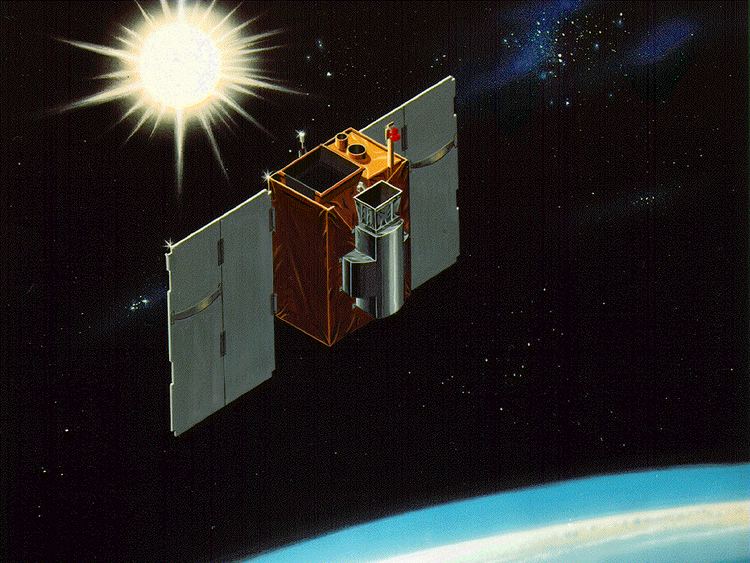Names Explorer-68, SMEX-1 SATCAT no. 22012 Decay date 13 November 2012 | COSPAR ID 1992-038A Launch date 3 July 1992 | |
 | ||
Mission type Magnetospheric research Similar CHIPSat, Student nitric oxide explorer, Wide Field Infrared Explorer, High Energy Transient, Small Astronomy Satellite 3 | ||
The Solar Anomalous and Magnetospheric Particle Explorer (SAMPEX) was a NASA solar and magnetospheric observatory, and was the first spacecraft in the Small Explorer program. It was launched into low Earth orbit on July 3, 1992, from Vandenberg Air Force Base aboard a Scout G-1 rocket. SAMPEX was an international collaboration between NASA of the United States and the Max Planck Institute for Extraterrestrial Physics of Germany.
Contents
The spacecraft carried four instruments designed to measure the anomalous components of cosmic rays, emissions from solar energetic particles, and electron counts in Earth's magnetosphere. Built for a three-year mission, its science mission was ended on June 30, 2004. Mission control for SAMPEX was handled by the Goddard Space Flight Center until October 1997, after which it was turned over to the Bowie State University Satellite Operations Control Center (BSOCC). BSOCC, with funding assistance from The Aerospace Corporation, continued to operate the spacecraft after its science mission ended, using the spacecraft as an educational tool for its students while continuing to release science data to the public.
Built for a three-year primary mission, the spacecraft continued to return science data until its reentry on November 13, 2012.
Instruments
Collaborators
SAMPEX collaborators included:
